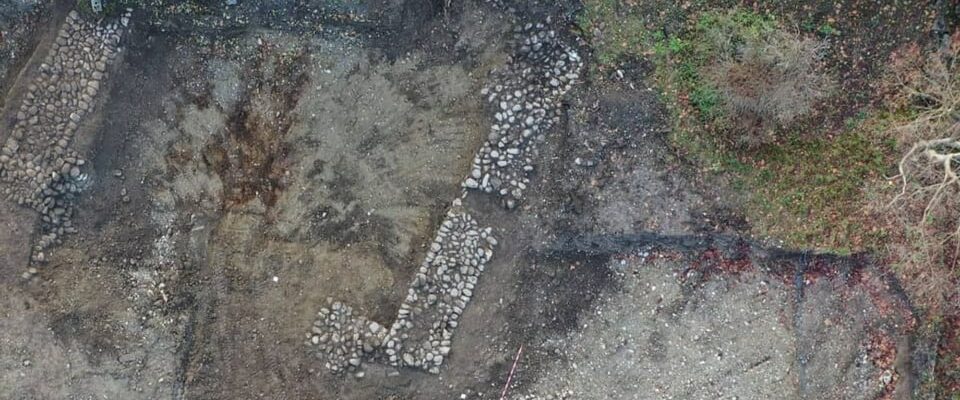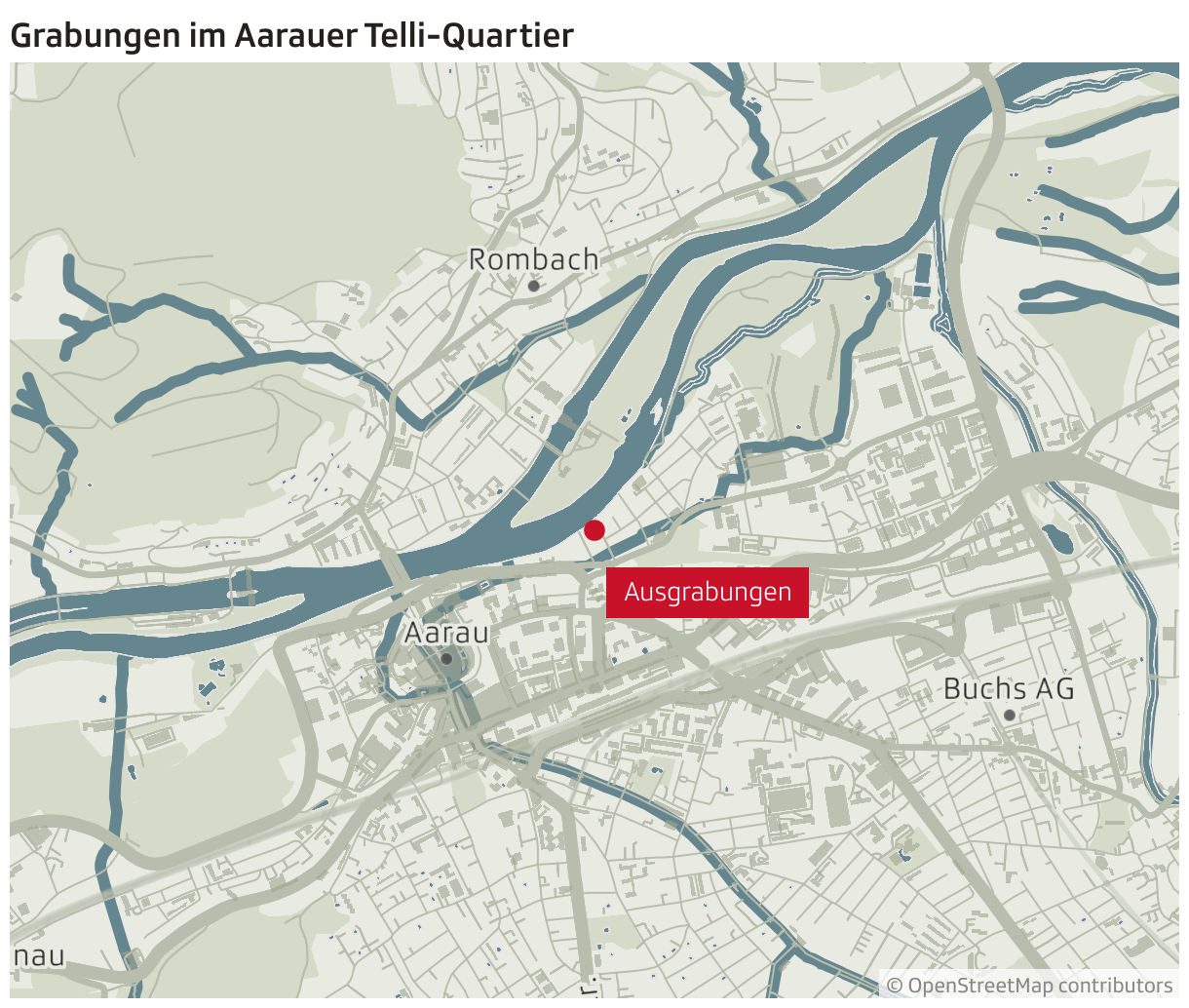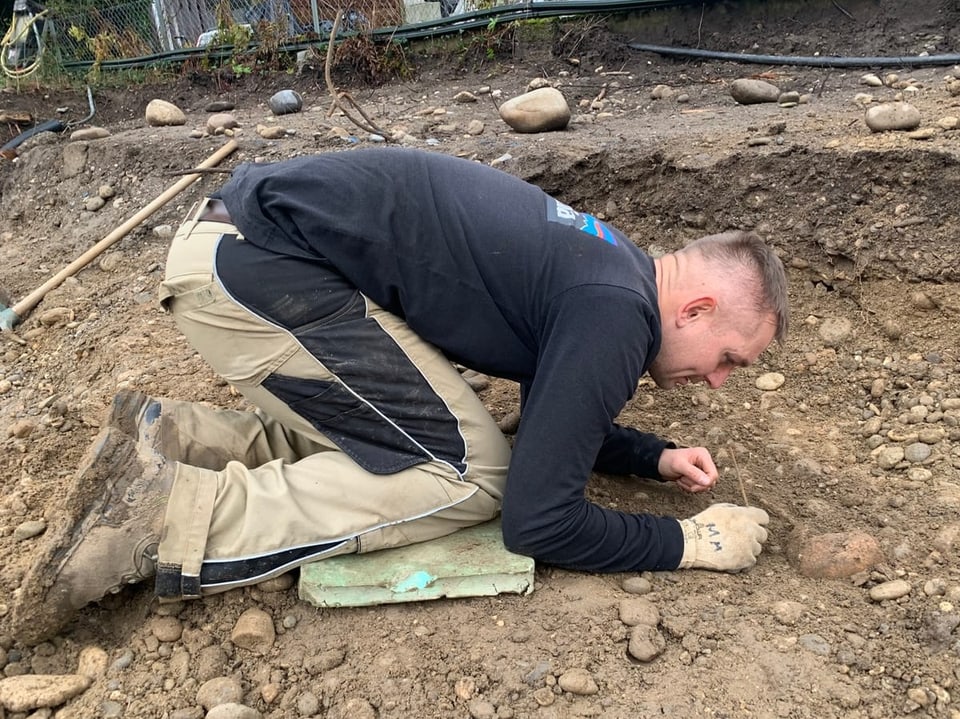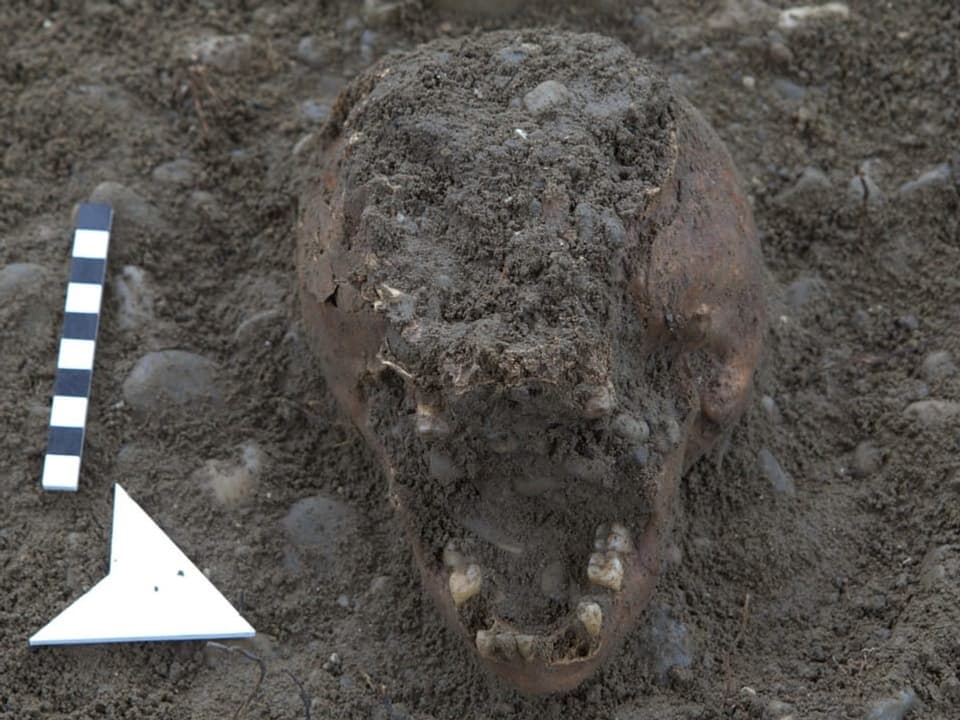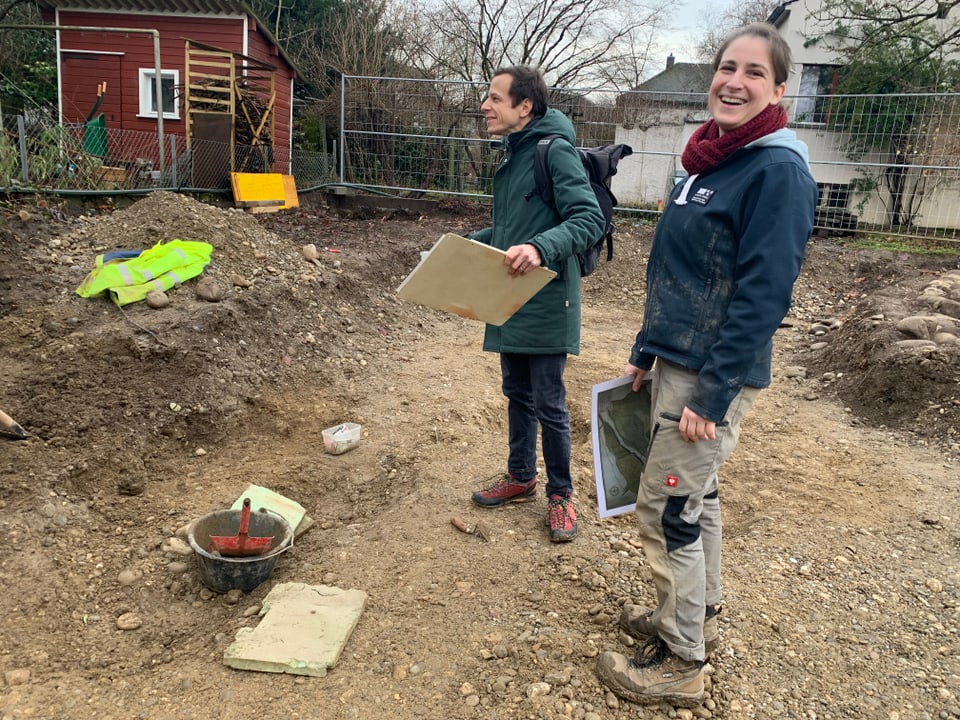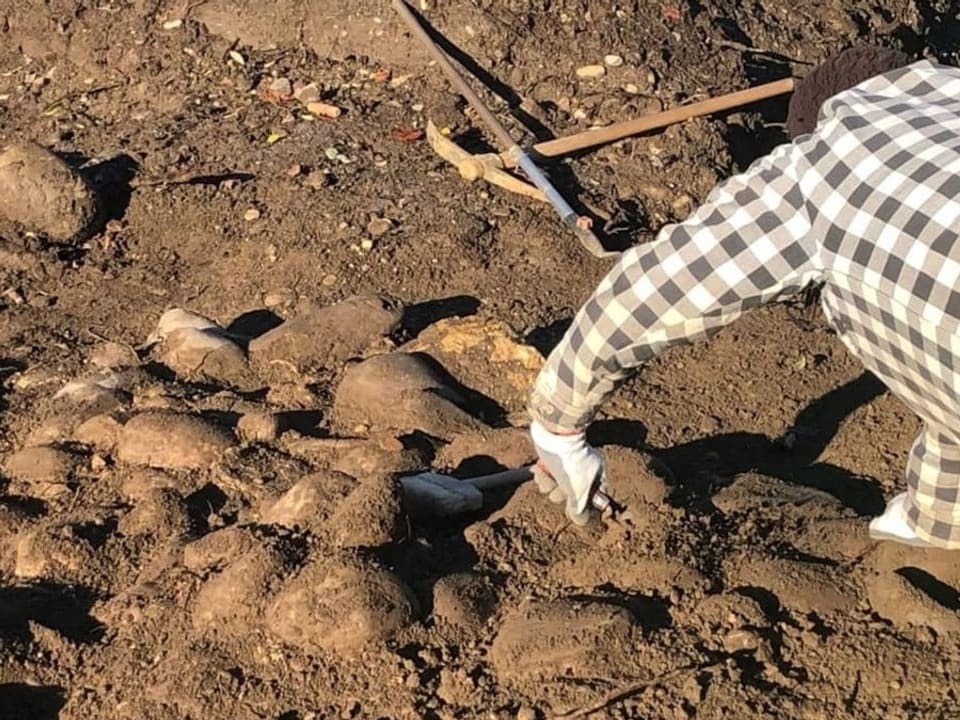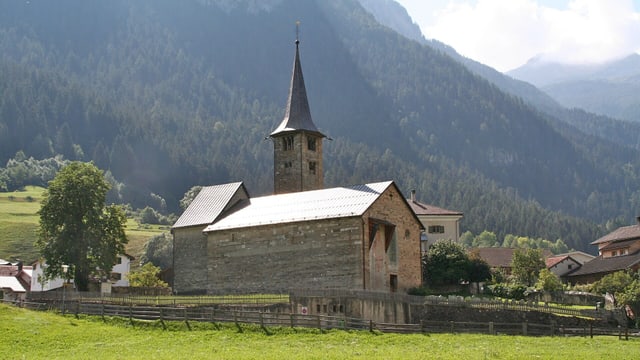Contents
Mysterious find: Archaeologists examine the remains of a medieval church including skull bones on the Aare.
Churches have been in the village, often for a very long time, and they are usually in the center. Not so in Aarau. Here, on the Aare, outside the center, the remains of a church from the Middle Ages were found, including skull bones. The archaeologists have been digging since November and are now developing theories as to why the church stood on the water and why it no longer stands.
Legend:
The walls of the disappeared church from above. The choir was angular. This was how it was built from the 8th to the 13th century.
zvg/Canton Archeology Canton Aarau
The first remains of the church appeared as early as 1936. But now even larger areas have come to light as part of a new building project in the Telli district of Aarau. The site is located directly on the Aare. Experts will be digging here until January in search of answers.
The experts in Aarau were now able to uncover the entire floor plan and document the dimensions of the church for the first time. The church on the Aare was 27 meters long and almost 20 meters wide. A square building with a square choir.
In addition to the foundations of the medieval church, the archaeologists have found several so-called grave shadows. These are dark discolorations in the ground that show that there were burials here. Remains of a skull and other bones were also found.
It is clear that the church with the square choir probably dates from the Middle Ages, says Jana Lingg, a research assistant in cantonal archaeology. Only: Square choirs instead of round ones were built from the 8th to the 13th century, so that’s a long time frame.
No goods were found on the graves. And there is nothing in the traditions about graves or a church on the Aare.
Church not in the village
The church in Aarau was outside by the river, not in the city center. The church was probably located on an island in the Aare at that time. This later silted up and today the area is a residential area.
We found a lot of graves, more than we thought.
However, no other traces of settlement have been found in the residential area on the Aare, says the archaeologist. This suggests that the church stood alone here. It is not known whether there were any buildings on the other side of the Aare at that time.
Protection from the water?
A map from the 18th century shows that the Aare used to be crossed here via a so-called ford. The archaeologist’s thesis: The church could have had a protective function: “A river crossing was a dangerous undertaking. There were also holy figures on bridges to get God’s help.”
To find out exactly how old the church might be, one would have to date the ceramic shards or skeletons found using an accurate but rather expensive measuring method. This can say with an accuracy of around 100 years when finds came from. It is still unclear whether this will happen.
Not a disaster, but dismantling?
It is unclear why the church is no longer standing. There is no evidence of the church being destroyed at the site. It appears to have been dismantled with care. “If there had been an accident, there would have been traces of bricks in the ground, for example,” says cantonal archaeologist Matthias Flück.
Does the founding of the city of Aarau and the construction of the central city church have anything to do with the abandonment of the Telli Church? The mystery is not yet solved. Archaeologist Flück believes it is quite possible that the results of the excavations will have an impact on Aarau’s history books.
